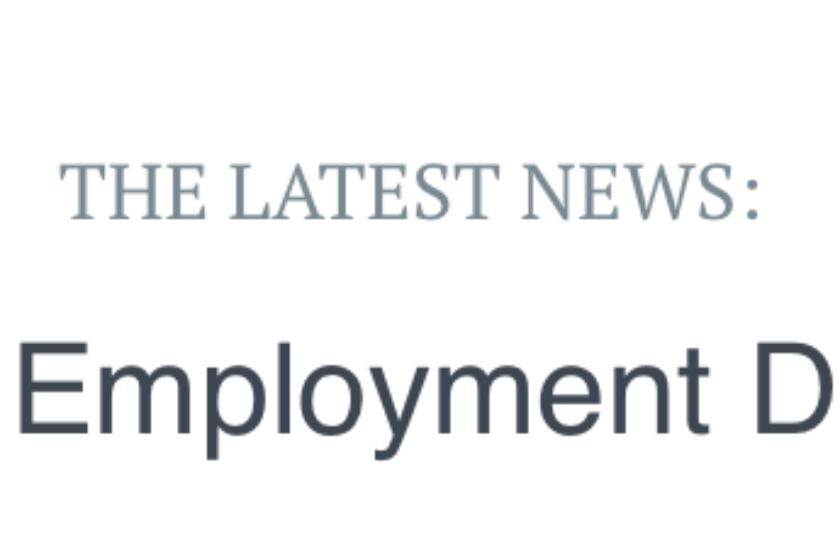Australia
More positive data has supported the Australian Dollar with key employment data Thursday doing the business. Wages (Wage Price Index) rose 0.6% in the quarter to September and 2.3% y/y with statistics showing improved labour market conditions and the official unemployment rate dropped from 5.1% to 5.0%. Jobs rose 32,800 in October compared to 20,000 markets were predicting led by full time jobs participation. The RBA has kept the cash rate on hold at 1.5% for over two years now, although they have recently acknowledged stronger employment and reasonably quick economic growth. The Australian pushed higher on the releases across the board reaching a five week high 0.7280 against the US Dollar. With recent falls in Crude Oil prices falling to below 60.00 the Australian Dollar has been sensitive to these downward moves as the economy is commodity based. With monetary policy minutes on Tuesday we should see further hawkish bias based on this week’s positive data.
New Zealand
The New Zealand Dollar is still riding high on last week’s strong employment figures, the best performing currency across the eight major players since the 7th of November. US Equity markets have declined in value over the week, but the kiwi has remained staunch. Better than expected Chinese data Tuesday boosted risk sentiment when Industrial Production released at 5.9% after 5.8% was forecasted. The fear though is that the with deadlines approaching on trade tariffs, manufacturers have boosted production to avoid the new levy in January skewing the figures from potentially a weaker result. The main event news this week has been with Brexit updates, affecting risk sentiment during Wednesday’s overnight sessions but able to break the kiwi into any sort of bearish mood which was highly unusual. Read more







